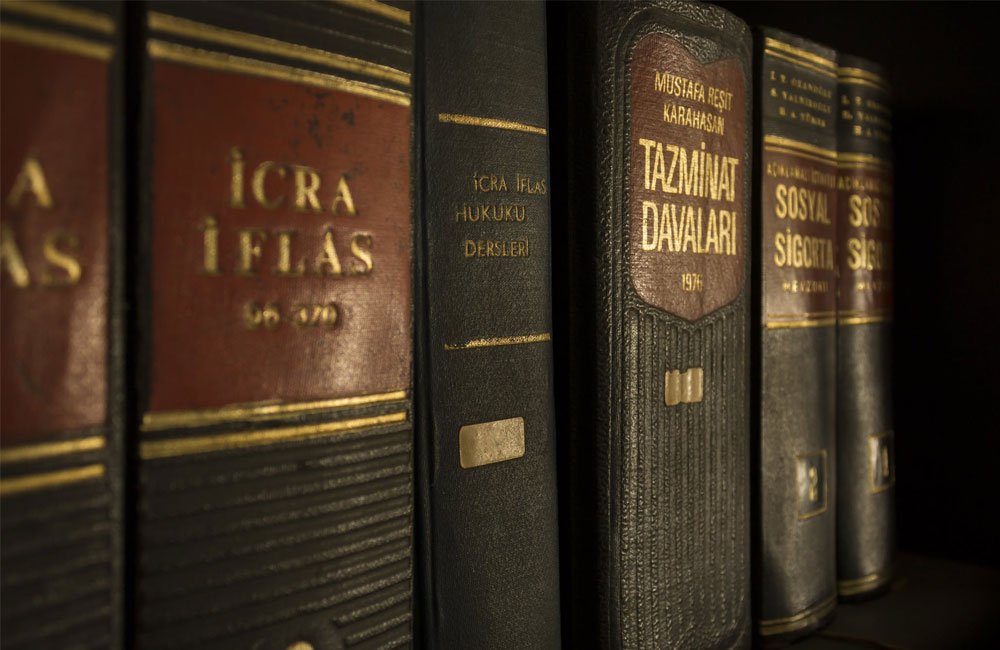Preparing for the Hearing
1. The Court Clerk
Courtroom staff can be your experience seamless and efficient if you cooperate with them. Take note: Judges and court staff are very close. This means the court staff will let the Judge know about your snide comments or courteous greetings. Be polite, be considerate, and the court staff will return the favor by sharing valuable insight into that department’s procedures, how they run their jury selection, or whether they expect to be engaged at a particular time.
2. Tentative Rulings
In most cases, the Court will publish the Judge’s tentative ruling the day prior to a motion hearing, on the Court’s website. The tentative ruling is just that: the Judge’s potential ruling prior to hearing any oral argument. Be sure to locate and review the tentative ruling, and be ready to address it at the hearing. This is also important because many departments require advance notice that you want oral argument, or otherwise will deny you the opportunity to speak.
Tip: During oral argument, if the tentative ruling is in your favor and it appears that the Judge will not be wavering from it, do not fight. Simply indicate that “unless the Court is inclined to change its tentative ruling, I submit.”
3. Local Rules
Each county, courthouse, and department have specific rules and procedures. For example: some courts require you to call the clerk days before the hearing to request oral argument or a CourtCall appearance. Other departments require the filing of a declaration prior to the hearing. The nuances of each department will vary, so be sure to check the court website to learn what they are.
4. Jury Fees
If you are appearing at a trial-setting or case management conference, be sure you have paid your Jury Fees beforehand. The Court will inquire, and depending on whether it has been paid, will set the Jury Trial or Bench Trial at that time. Most Judges are forgiving and will allow additional time, but better to be safe than sorry.
5. Lingo to Know
Be prepared to hear terms of art which are commonly used in court hearings.
- Continuance – The postponement of a particular hearing.
- Notice Waived – The Court is asking if the parties will waive having to get a formal notice of the Court’s rulings/order that day. Simply stating “Yes, Notice waived for Plaintiff/Defendant.” is sufficient. Be sure you write down what happened, or ask for clarification before you do this.
- Give Notice – The Court is ordering a party to give notice of the Court’s rulings/orders that day.
- Submit – This can mean two things. Where there is a tentative ruling, “submitting” without argument means you accept the tentative ruling as issued, and it will become the final ruling of the court. Following oral argument of an issue/motion, submitting means you are done with your arguments.
- Under Submission – This means the court will take the matter under further consideration.
- Vacate – This means the court will be taking a particular hearing/motion/trial off calendar.
6. Do some scouting
If you are particularly nervous about your first appearance, you can always sit in on some hearings in advance to better understand how they operate. Contact the courtroom or check the court website to see what days they hear particular matters, and sit in the gallery. You will be surprised at how simple and straightforward most hearings are.

It’s Go Time.
7. Get there early
Many courthouses are several stories high, with only a few departments on each floor. Others are a maze, with no real logic to the numbering of the departments. Because of this, elevators will often be crowded and slow, particularly on days where jurors arrive en masse for jury selection, making parking difficult as well.
8. Checking into the Department
The Court will post its daily calendar outside of the department doors before it opens. Scan through it to locate your case name, and the calendar number beside it. That is the order in which the matters will be called.
Take out a business card (or two, depending on the department) and write your calendar number on it, as well as a symbol reflecting the party you represent. π for plaintiff and ∆ for defense. Once you enter the courtroom, you will be handing your cards to the bailiff, court attendant, or clerk. Then have a seat.
If you are running late, call the courtroom and let them know, requesting second call. If possible, the Court will put your case at the bottom of the calendar, to be heard later.
Multiple hearings in the same Courthouse? You can also request priority, asking the Court to call your case first out of order, so that you can make it to your next hearing without delay. Requesting priority in one department and requesting second call in another will usually let you get to all hearings with no problem.
9. Remote Appearance Etiquette
If you are appearing via CourtCall, things will be slightly different than appearing in person. Be sure to call into CourtCall at the time indicated on the confirmation. Oftentimes, this will be 5-20 minutes prior to the hearing, as the clerk or CourtCall operator will want to check you in and make note of any substitutions in advance.
With multiple people on the phone, neither the Court nor the appearing attorneys will know who is speaking. Whenever you speak, be sure to restate your appearance clearly before you speak, to identify yourself clearly for others.
10. Prepare for your turn
Listen carefully during the hearings before you. They will give you an indication of how this department operates. You will learn what dates they scheduling trials for, whether they are inclined to grant continuances liberally, or whether they will confront parties about meeting conferring as required by CRC 3.724.
11. Your case is called
When it is your turn, you will approach counsel table. It matters where you stand. The side closest to the jury box is for the plaintiff, while the side furthest is for the defense.
Approach counsel table and state your appearance clearly. “Edwin Hong from Simon Law Group, representing Plaintiff Bruce Wayne.”
Note: If you are appearing by CourtCall, pause and wait to allow anyone personally appearing to state their appearance first.
12. Temporary Judges
It is possible that a temporary judge calls your calendar. These are generally the legal research attorneys who handle the department’s motions. If this occurs, you will be asked whether you stipulate to having the matter heard by the temporary judge.
For motions, these temporary judges generally have a better familiarity with the pleadings and caselaw, as they had a large part in drafting the tentative rulings. Additionally, being legal scholars, legal research attorneys are generally more willing to hear out your oral argument and understand the nuances of the caselaw.
Take a breath. You’ve got this! If you have any question, or just want to practice a faux court appearance, feel free to shoot me an email at Edwin@JusticeTeam.com.











